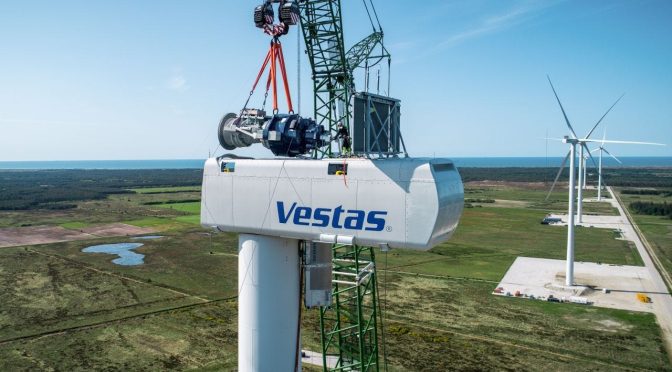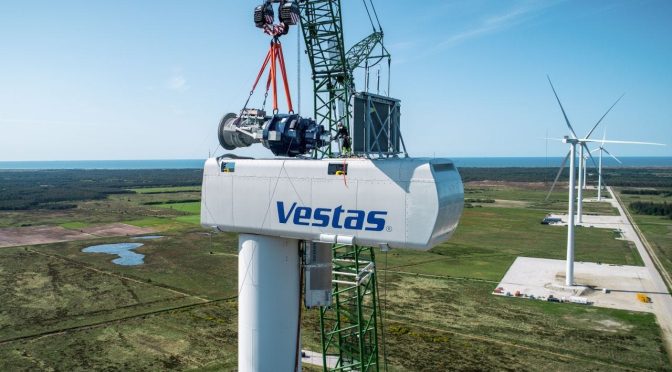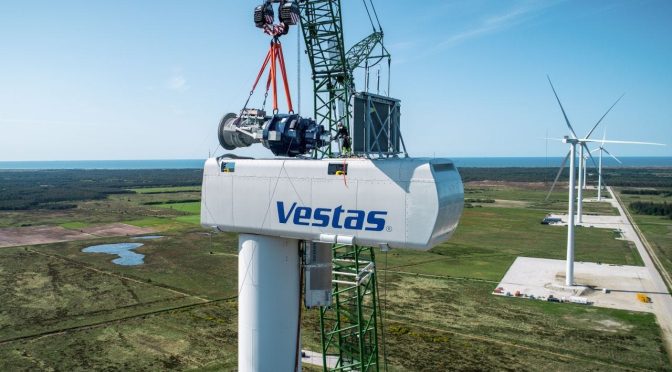
Proxima Fusion is the first spin-out from the Max Planck Institute for Plasma Physics (IPP). The start-up was founded by former scientists and engineers from the Max Planck IPP, MIT, and Google-X. The group aims to deploy a new high-performance stellarator over the coming years. Its roadmap targets a first-of-a-kind fusion power plant within the 2030s.
Ian Hogarth of Plural Platform says: “Stellarators offer the most robust and clearest path to fusion energy. The Proxima team has the energy and the speed that we need. They are ecosystem players, with a thrilling sense of ambition building on top of the Wendelstein 7-X stellarator – a masterpiece of German leadership. Europe needs the audacity of this team and their willpower to take on the fusion challenge.”
Benjamin Erhart, General Partner at UVC Partners, says: “Proxima’s efforts for fusion leverage the massive investment made on stellarators in Germany. We are convinced that the team is ready to change the picture – for the world, and particularly for Germany and Europe, which are in urgent need of reliable sources beyond wind and solar.”
The stellarator was the original design for a fusion device, created by Lyman Spitzer at Princeton in 1951. It uses a series of external magnetic coils to entirely confine a plasma across three dimensions. However, in the 1950s the computing resources were not available to fully optimise its complex design and in 1958 it was superceded by the tokamak. simplified things by confining the plasma on two dimensions using external magnets. The two technologies are currently competing.







